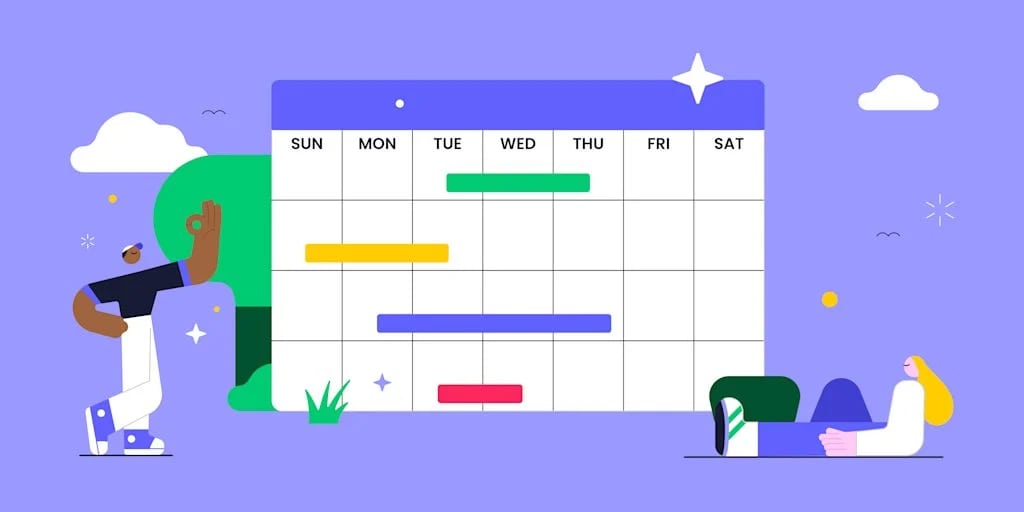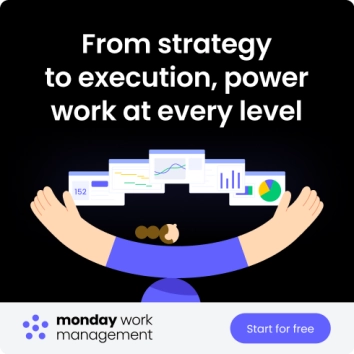Every team hits bottlenecks — the tasks that stall progress, slow delivery, or create a ripple effect that holds everything else back. Some constraints are obvious, like a single overbooked specialist. Others hide in your workflows, policies, or even the market you operate in. That’s where the Theory of Constraints (TOC) comes in.
This approach helps you pinpoint the one factor limiting your output and gives you a clear process for improving it. In this guide, you’ll learn how constraints work, the different types you may run into, and the five focusing steps teams use to fix bottlenecks without creating new ones. You’ll also see how modern tools like monday work management make it easier to spot issues early, streamline handoffs, and build workflows that keep work moving.
If you’ve ever wondered why your team feels busy but progress still stalls, this framework gives you the clarity — and the practical steps — to get things flowing again.
Key takeaways
Constraints shape performance: every workflow has a limiting factor that determines how fast your team can deliver.
Focus beats broad improvement: fixing the constraint has a bigger impact than optimizing everything at once.
Constraints come in different forms: resource, policy, and market limitations each require different strategies.
The five focusing steps provide clarity: identify, exploit, subordinate, elevate, and repeat to keep work flowing.
monday work management supports real improvement: dashboards, dependencies, and workload insights help you spot bottlenecks early and streamline your processes.
What is the Theory of Constraints?
The Theory of Constraints is a management framework built on a straightforward idea: every system has one limiting factor that restricts its overall performance. Improve that single constraint, and the entire system improves with it.
The concept was introduced by Eliyahu Goldratt in the 1980s and quickly became a practical approach for teams looking to diagnose inefficiencies in a structured way.
At its core, TOC helps you pinpoint what’s actually slowing work down — not the symptoms you notice day-to-day, but the specific point in the workflow that caps your output. Once you can clearly identify that constraint, you can make targeted improvements that deliver real impact.
Teams apply TOC to:
Reveal the true source of delays or inconsistencies.
Understand why parts of a workflow feel overloaded while others aren’t.
Decide where to focus improvements for the biggest return.
Build processes that adapt as new constraints emerge.
The goal of TOC: improving how fast valuable work gets done
Once you understand what a constraint is, the next step is knowing why it matters. The Theory of Constraints is built around a single objective: increasing throughput — the rate at which your team delivers meaningful work.
Throughput gives you a clear picture of how efficiently your system turns effort into results. Instead of measuring how busy everyone is, TOC asks how much valuable output reaches the finish line. The constraint becomes important because it sets the ceiling for that output. No matter how well other parts of the process perform, your pace will always be capped by the slowest step.
Focusing on throughput helps teams:
Prioritize changes that directly improve delivery.
See the real impact of a bottleneck on timelines and workload.
Avoid “local optimizations” that make one part of the system faster but don’t improve overall performance.
Understand how adjustments to one area ripple through the rest of the workflow.
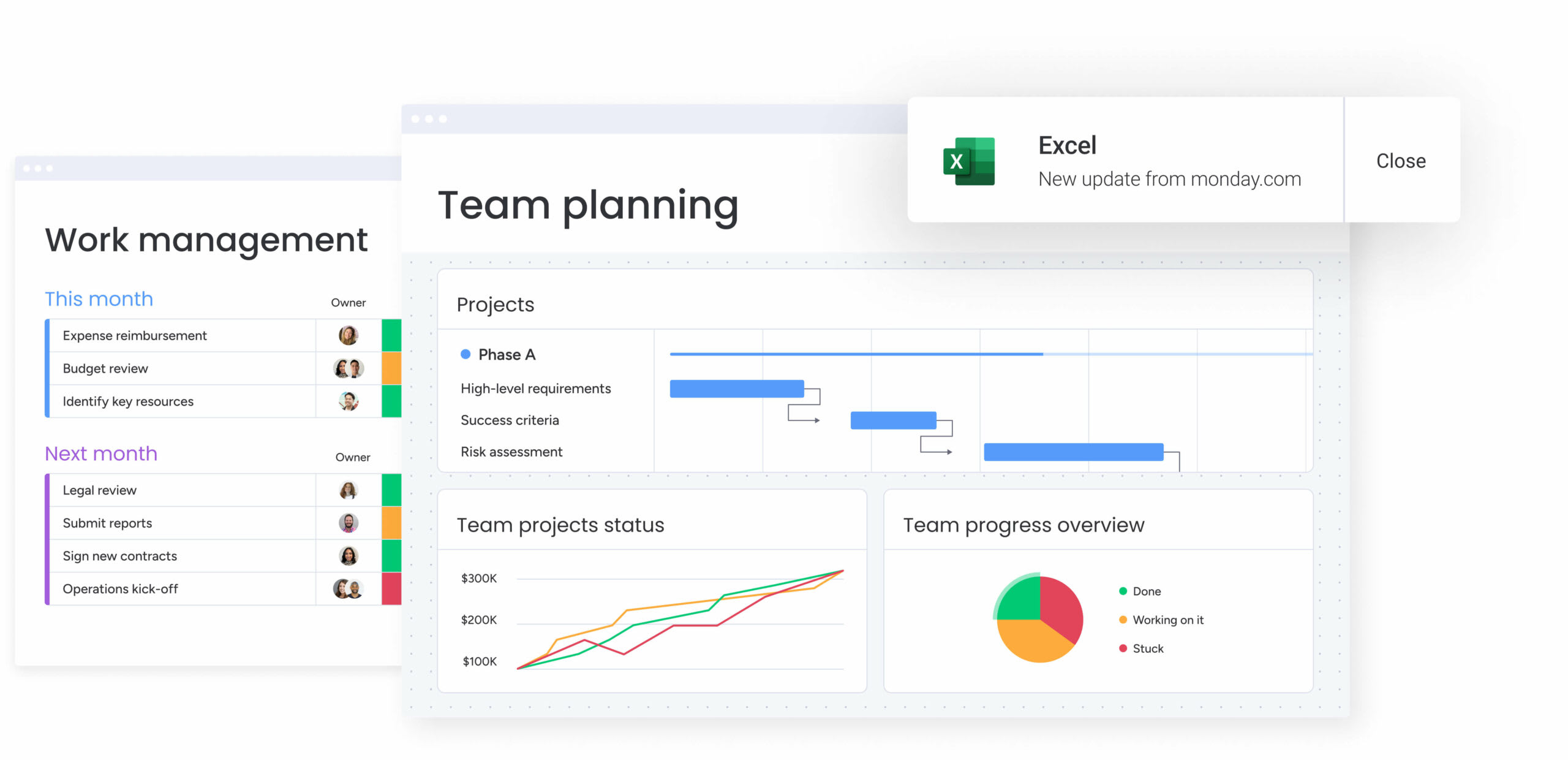
What are the main types of constraints teams face?
Not all bottlenecks show up the same way. Some are easy to spot, while others hide inside processes, policies, or external conditions. Understanding the main types of constraints helps you diagnose issues more accurately and choose the right path to improve them.
Most teams run into three core categories, each with its own challenges and opportunities.
Resource constraints
These occur when a specific person, tool, or asset becomes the limiting factor in your workflow.
Common signs: one team member consistently overloaded, work piling up in a specific stage, repeated delays in a single handoff.
Why they happen: limited specialist skills, single-threaded approvals, fixed equipment capacity, or too much demand for one role.
What to watch for: patterns where work stalls only when it reaches a particular individual or tool, even if earlier steps run smoothly.
Policy constraints
These come from internal rules, procedures, or expectations that unintentionally slow down progress.
Common signs: long approval chains, rigid workflows, outdated processes that no longer match how the team actually works.
Why they happen: “we’ve always done it this way,” compliance habits that grow over time, or unclear ownership.
What to watch for: recurring delays caused by process steps rather than people, especially where multiple sign-offs or checkpoints exist.
Market constraints
These appear when the demand for your product or service is lower than your capacity to deliver it.
Common signs: teams ready to produce more work than the business can sell or use, underfilled pipelines, slow sales cycles.
Why they happen: shifting customer needs, competitive pressure, or misalignment between production capacity and market reach.
What to watch for: strong internal efficiency paired with stagnant results — a clue that the bottleneck isn’t inside your workflow at all.
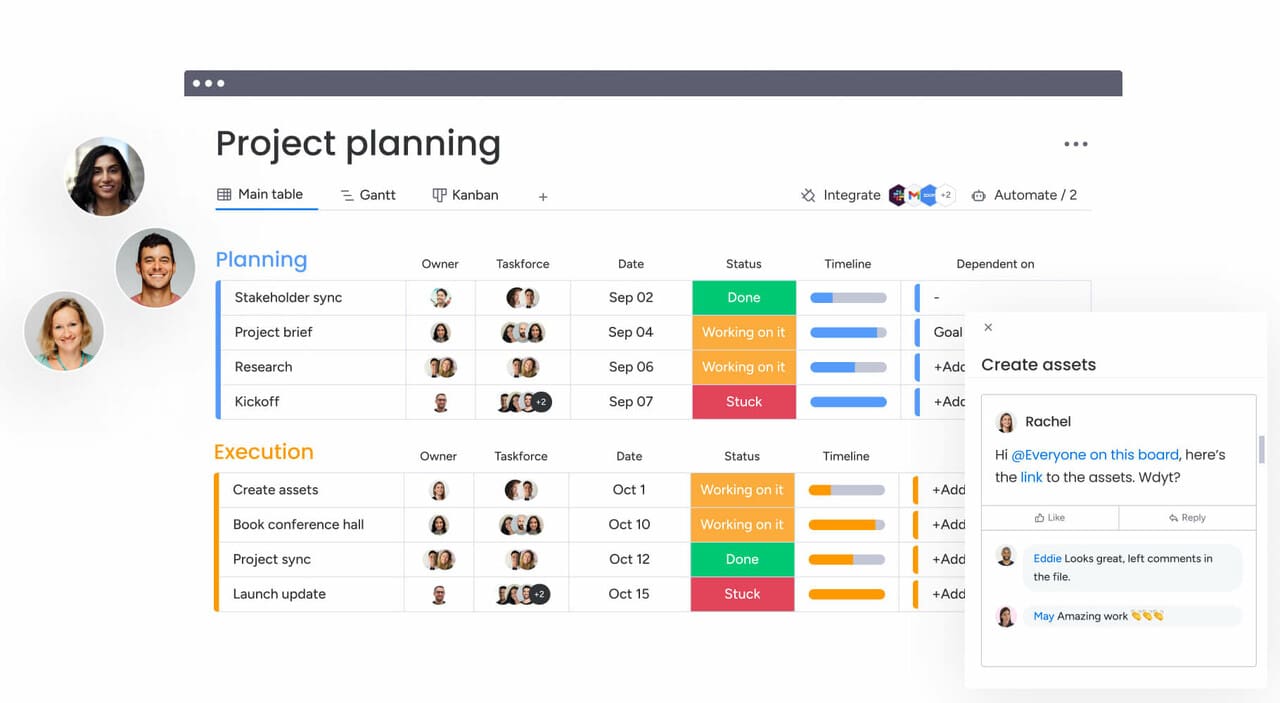
The five focusing steps of the Theory of Constraints
Once you understand your constraint, TOC gives you a clear method for improving it. These five focusing steps help you uncover what’s slowing your workflow, make the most of what you already have, and only invest when it’s truly necessary. Together, they create a cycle of continuous improvement that adapts as your work changes.
Step 1: identify the constraint
The first step is simple but crucial: find the single point that limits your overall output. This could be an overworked team member, a slow approval stage, a recurring dependency, or even a market-related issue. The goal is to understand where work consistently backs up or gets delayed. Many teams start by looking at where tasks pile up or where cycle times spike.
Step 2: exploit the constraint
Once you’ve identified the bottleneck, make sure it’s being used as effectively as possible. “Exploiting” the constraint doesn’t mean overworking it — it means removing unnecessary distractions, rework, or idle time. That might involve tightening priorities, improving briefs, reducing context switching, or ensuring that only high-quality, ready-to-work items reach this stage.
Step 3: subordinate everything else
Next, align the rest of the workflow around the pace of the constraint. If the bottleneck can only handle a certain amount of work, there’s no value in pushing more into the system. Teams often adjust timelines, rebalance workloads, or simplify upstream processes so the constraint always has the right amount of work — not too much and not too little. The entire system should support the bottleneck’s needs.
Step 4: elevate the constraint
If the constraint is still slowing you down after steps 1–3, it’s time to increase its capacity. This is where investment comes in. Depending on the situation, that could mean training another team member, bringing in a contractor, adopting new tools, redesigning a workflow, or improving access to resources. Elevation should only happen once you’ve fully optimized and aligned the existing process.
Step 5: repeat the process
Once you’ve broken the constraint, your workflow will naturally expose a new one. That’s normal — and expected. TOC is a continuous cycle, not a one-time fix. By regularly revisiting these steps, you prevent old habits from resurfacing and build a rhythm of improvement that keeps your team’s throughput increasing over time.
These steps give teams a structured way to tackle bottlenecks without guessing, over-optimizing, or spreading effort too thin.
When to use TOC instead of Lean or Agile improvements
Lean and Agile both help teams work more efficiently, but they don’t always reveal why certain parts of the process slow everything down. That’s where the Theory of Constraints becomes especially useful. TOC helps you identify the specific point in your workflow that’s limiting progress, even if the rest of your system seems optimized.
Teams often turn to TOC when:
Improvements aren’t increasing output: you’ve reduced waste, refined processes, or adopted Agile rituals, but throughput still isn’t rising.
One stage consistently causes delays: no matter how much you streamline, work piles up in the same spot.
You need clarity on where to focus next: there are multiple possible problem areas, but you need to know which one has the biggest impact.
Efforts feel scattered: different teams are making isolated fixes, yet timelines remain unpredictable.
Lean focuses on removing waste. Agile focuses on adapting quickly. TOC focuses on the single constraint that limits the entire system. When you’re trying to understand why overall delivery isn’t improving — despite lots of activity — TOC gives you the focused path forward.
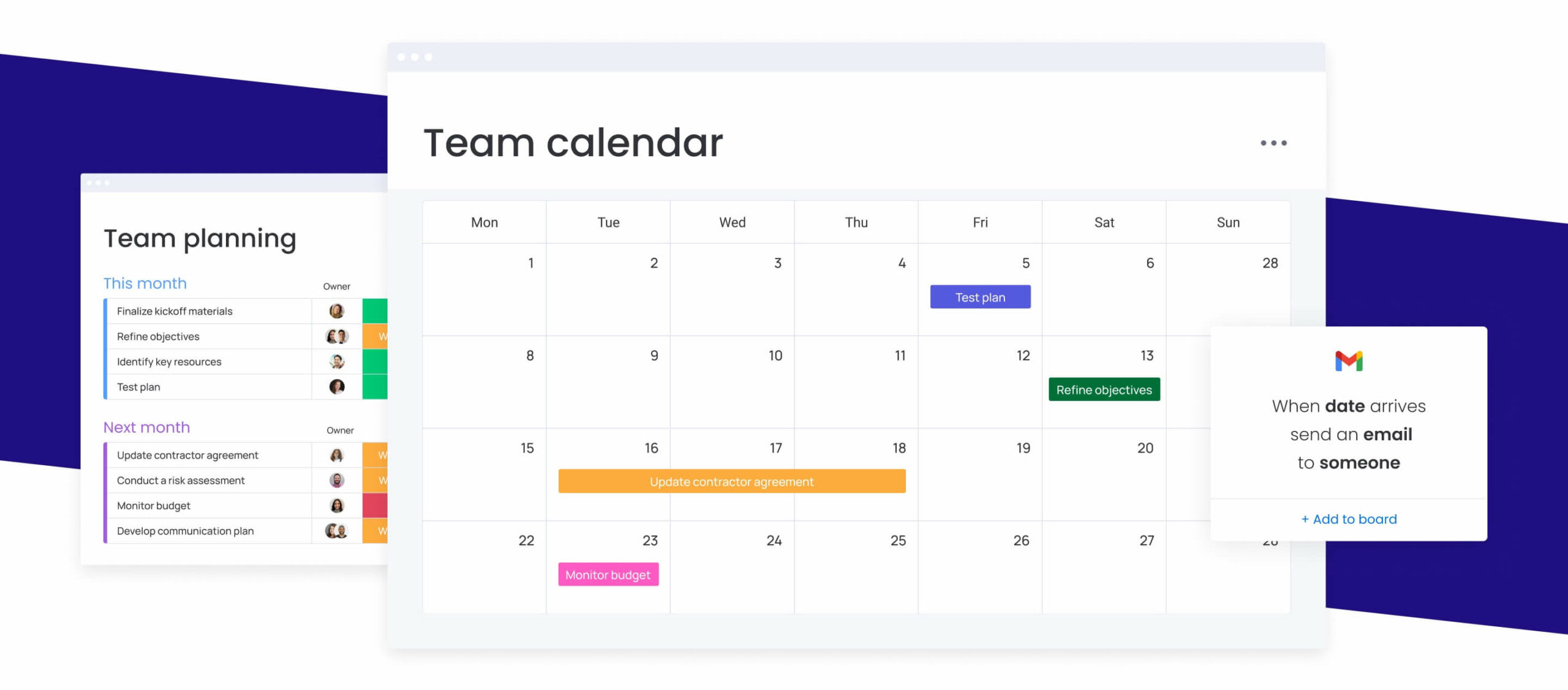
Apply the Theory of Constraints with monday work management
Identifying a constraint is one thing. Managing it in a real workflow is another. A framework like TOC becomes far more powerful when your team can see where work slows down, understand why it happens, and adjust the process without guesswork. This is where monday work management helps. The platform gives you clear visibility into bottlenecks, supports focused improvements, and keeps your workflows aligned as constraints shift.
Identify bottlenecks with Dashboards and the Workload View
Visibility is the starting point for TOC. Dashboards bring together data from multiple boards so you can see where work collects or slows. The Workload View adds another layer by showing exactly who is over capacity and where resource constraints are forming. Together, these tools highlight the true limiting factor instead of leaving you to rely on instinct.
Exploit the constraint with Automations and structured ownership
Once you know what is slowing you down, it becomes easier to protect that part of the workflow. Automations reduce the manual tasks that pull focus away from high-value work, such as status updates or notifying the next team member. Clear task ownership makes sure the most important work reaches the constraint in the right order and at the right time.
Subordinate other work using Dependencies and timeline planning
Dependencies help the rest of your workflow run at the pace of the constraint. When teams understand which tasks rely on others, they can avoid overloading the bottleneck or pushing work through too early. Timeline and Gantt-style planning show how each stage connects, helping teams coordinate handoffs and work in a sequence that keeps the constraint productive.
Elevate the constraint with data you can act on
If throughput still lags, the next step is increasing capacity. Reporting tools in monday work management make this easier by showing cycle times, work distribution, and how delays affect delivery. These insights help justify decisions such as bringing in additional support, introducing new tools, or redesigning a process. The data gives leaders a clear case for meaningful change.
Maintain improvement with reusable workflow templates
When you break a constraint, a new one eventually appears. Custom templates let you capture the improvements you have made so you can repeat them consistently and quickly. Teams can launch new projects with the same structure, automations, and handoff logic already in place, making continuous improvement part of how the team works.
If you want to put TOC into action and build workflows that adapt as your team grows, try monday work management today.
Frequently asked questions
What is the difference between a constraint and a bottleneck?
A bottleneck is a resource that is operating at its maximum capacity and, as a result, limits the flow of work. A constraint is the bottleneck that has the biggest impact on the overall system's performance. In other words, every system has many bottlenecks, but the Theory of Constraints focuses on identifying and fixing the one that is the 'weakest link'—the primary constraint.
Can the Theory of Constraints be used in non-manufacturing industries like marketing or software development?
Absolutely. While its origins are in manufacturing, TOC is highly effective in any system-based workflow. In marketing, the constraint could be content approval or design resources. In software development, it might be the quality assurance (QA) testing phase or a specific developer's expertise. The principles of identifying and elevating the weakest link apply to any process.
How does the Theory of Constraints compare to Agile methodology?
TOC and Agile are complementary. Agile is an iterative framework for managing projects that prioritizes flexibility and customer feedback. TOC is a methodology for process improvement that focuses on system throughput. You can use Agile to manage your sprints and daily work, while applying TOC to identify and fix a recurring bottleneck that is slowing down your sprints, such as a slow code review process.
What is Drum-Buffer-Rope (DBR) in the Theory of Constraints?
Drum-Buffer-Rope is a scheduling method used in TOC to manage workflow. The 'Drum' is the constraint, which sets the pace for the entire system. The 'Buffer' is a small amount of work-in-progress kept in front of the constraint to ensure it never runs out of tasks. The 'Rope' is the signal that tells the upstream processes when to release new work, tying it to the pace of the drum. It's a mechanism to subordinate the entire system to the constraint.

 Get started
Get started 

